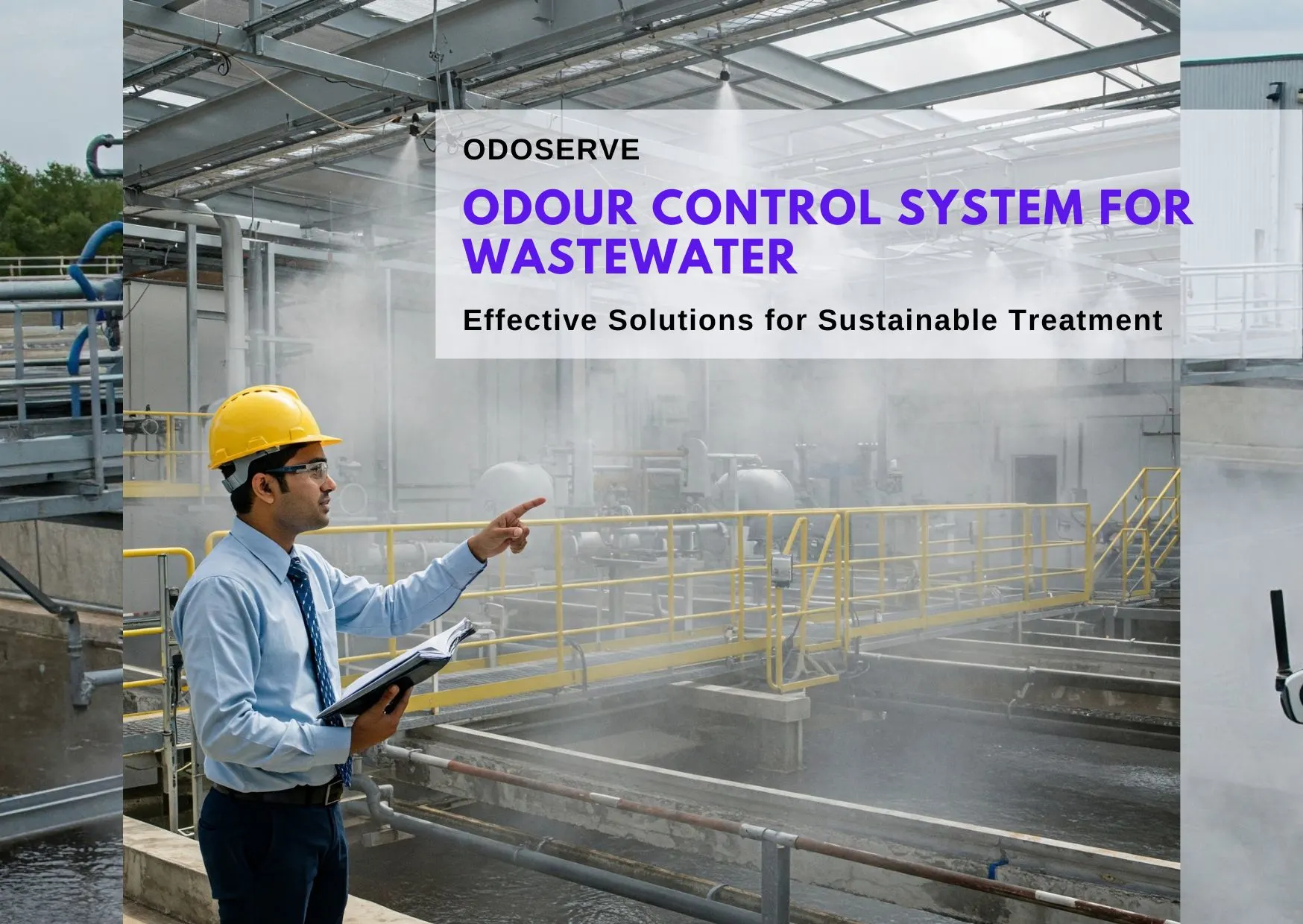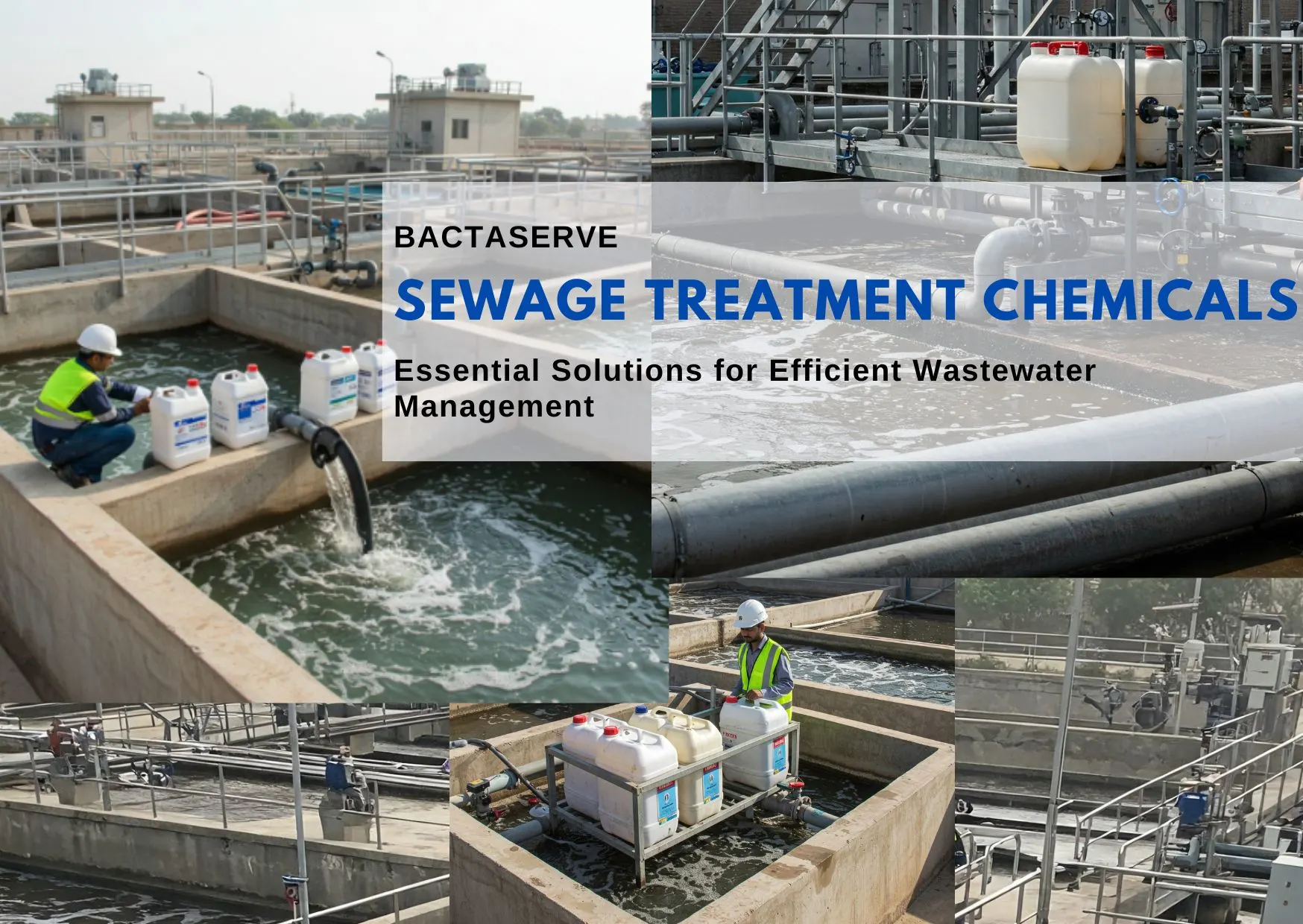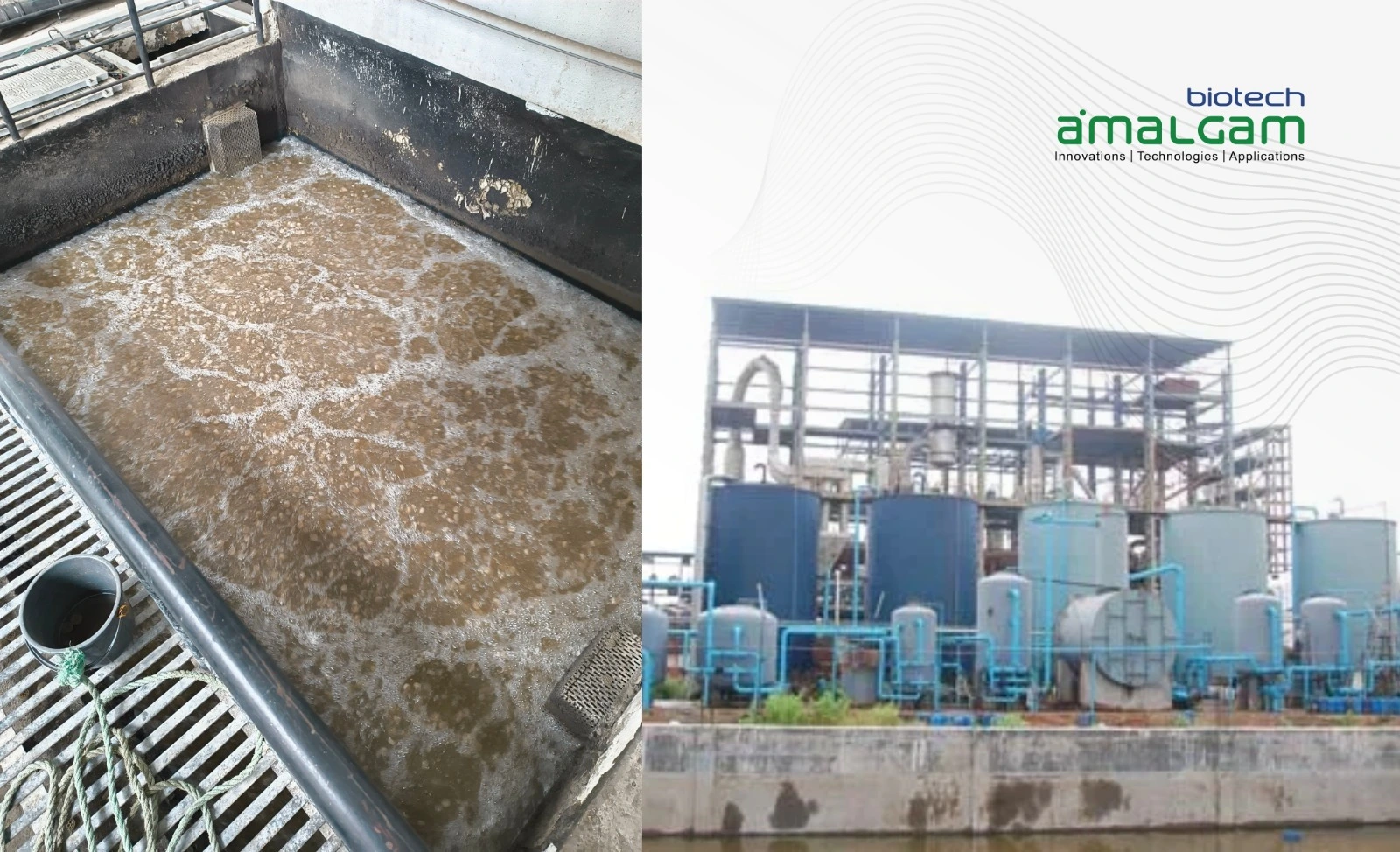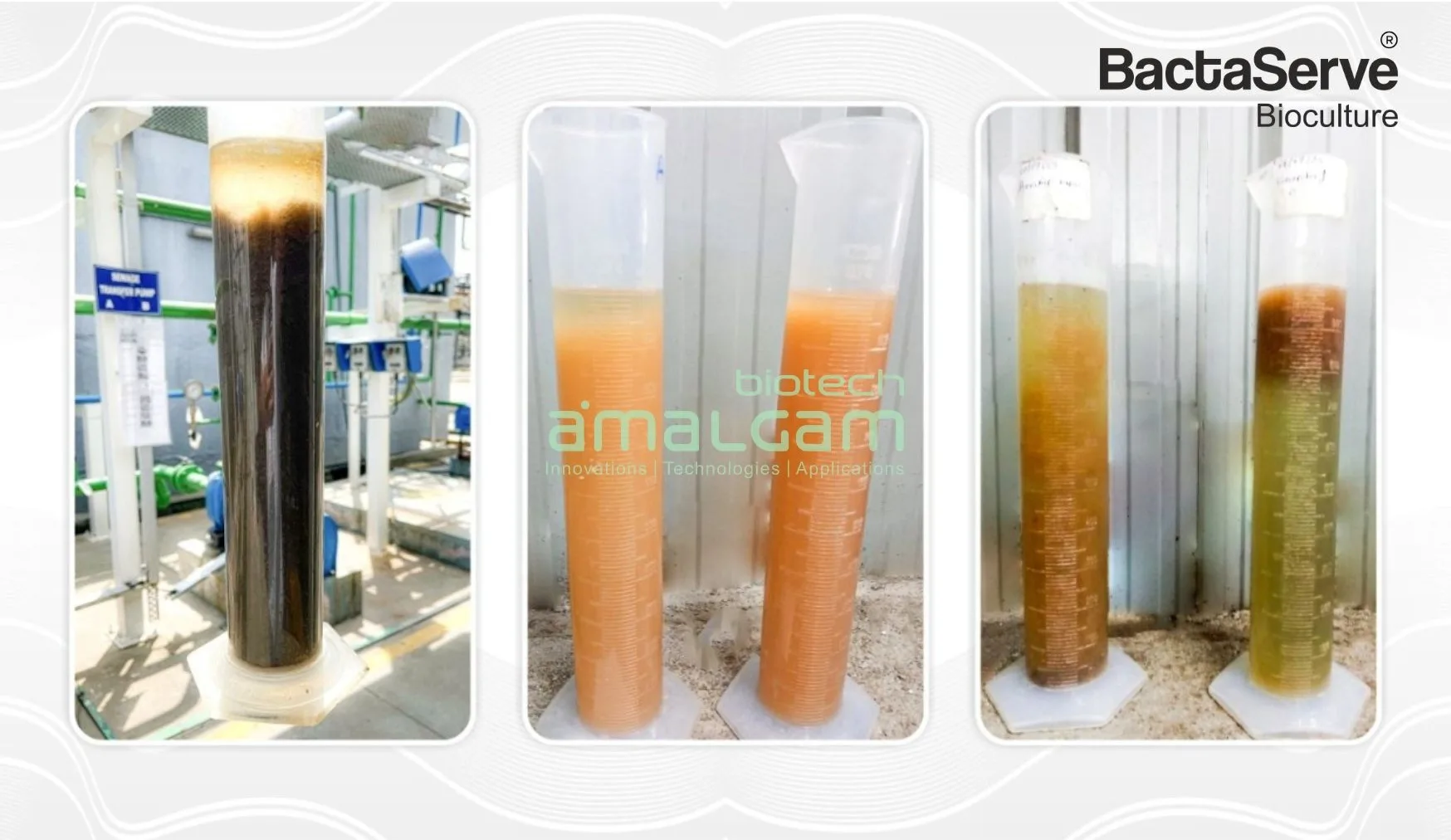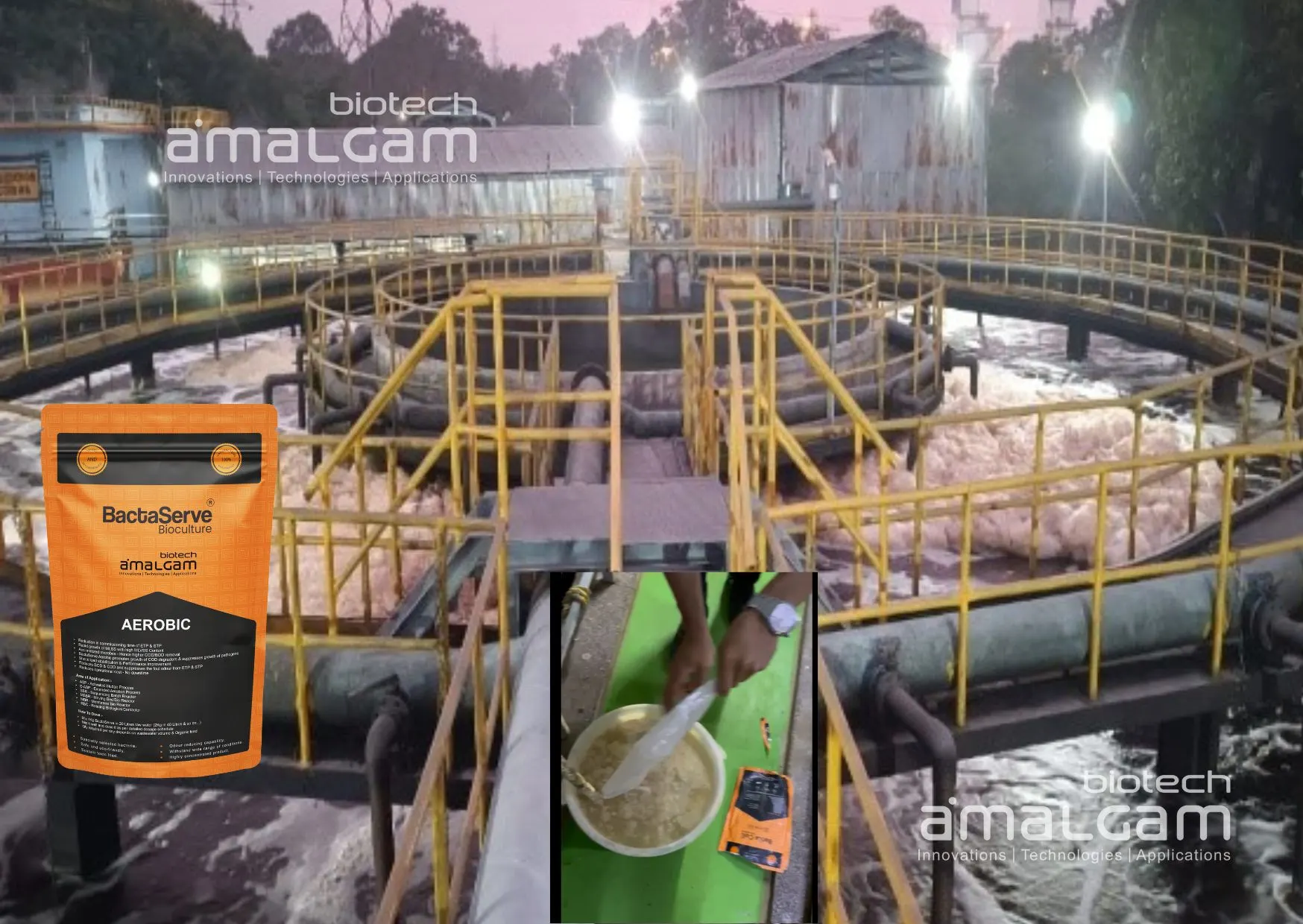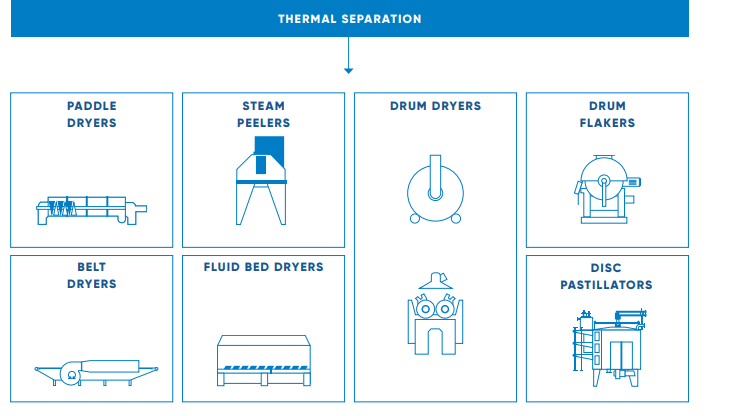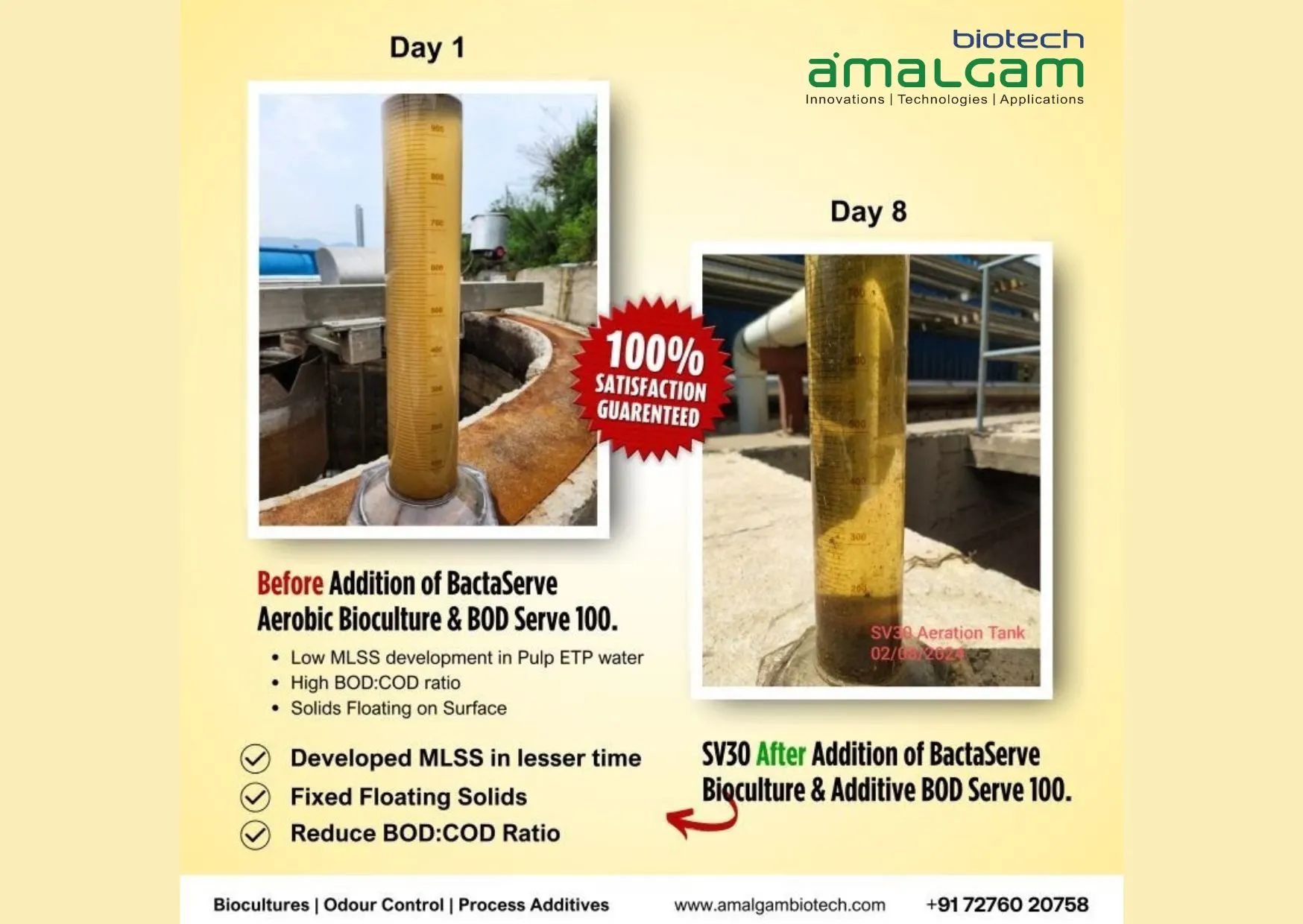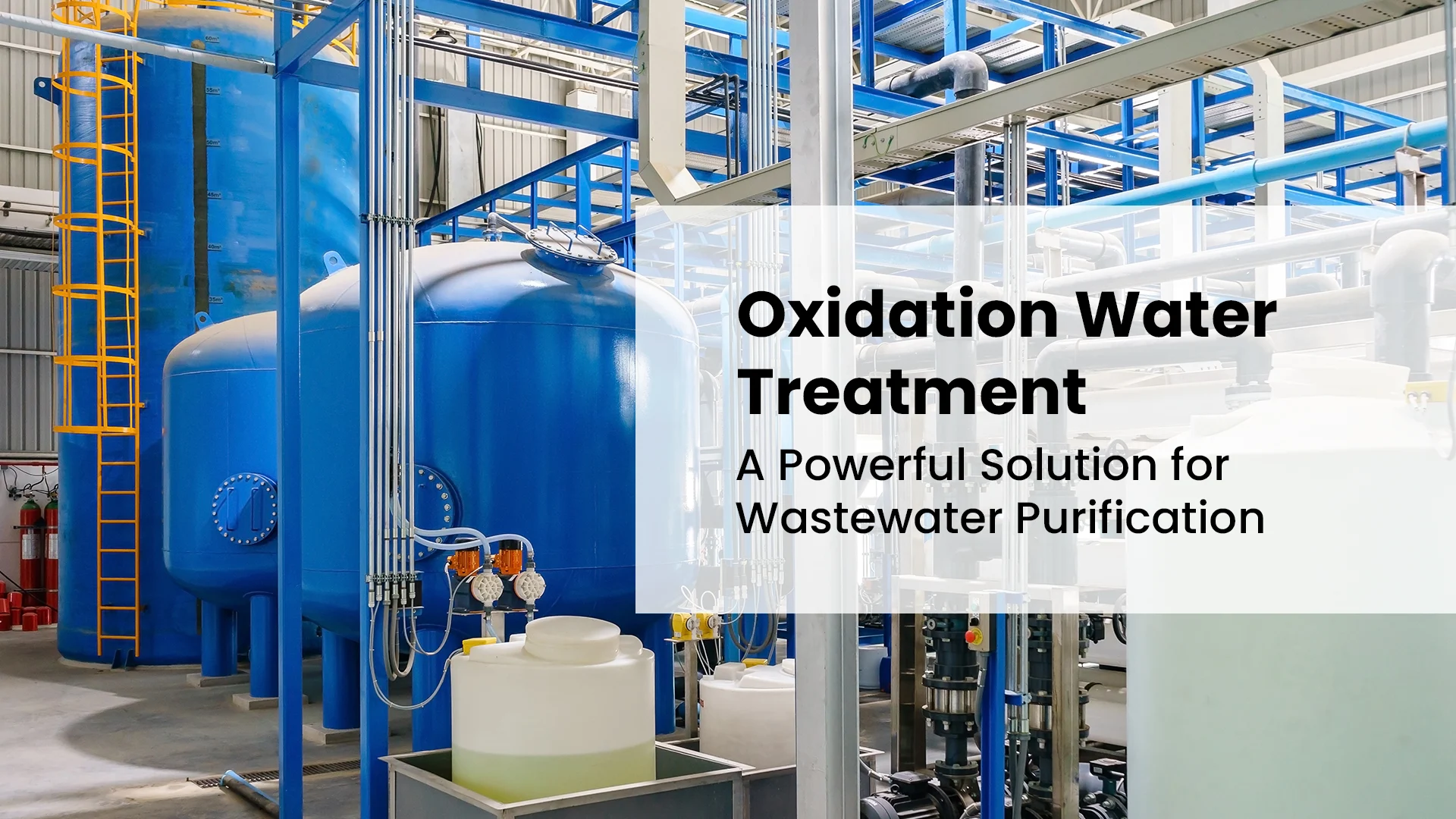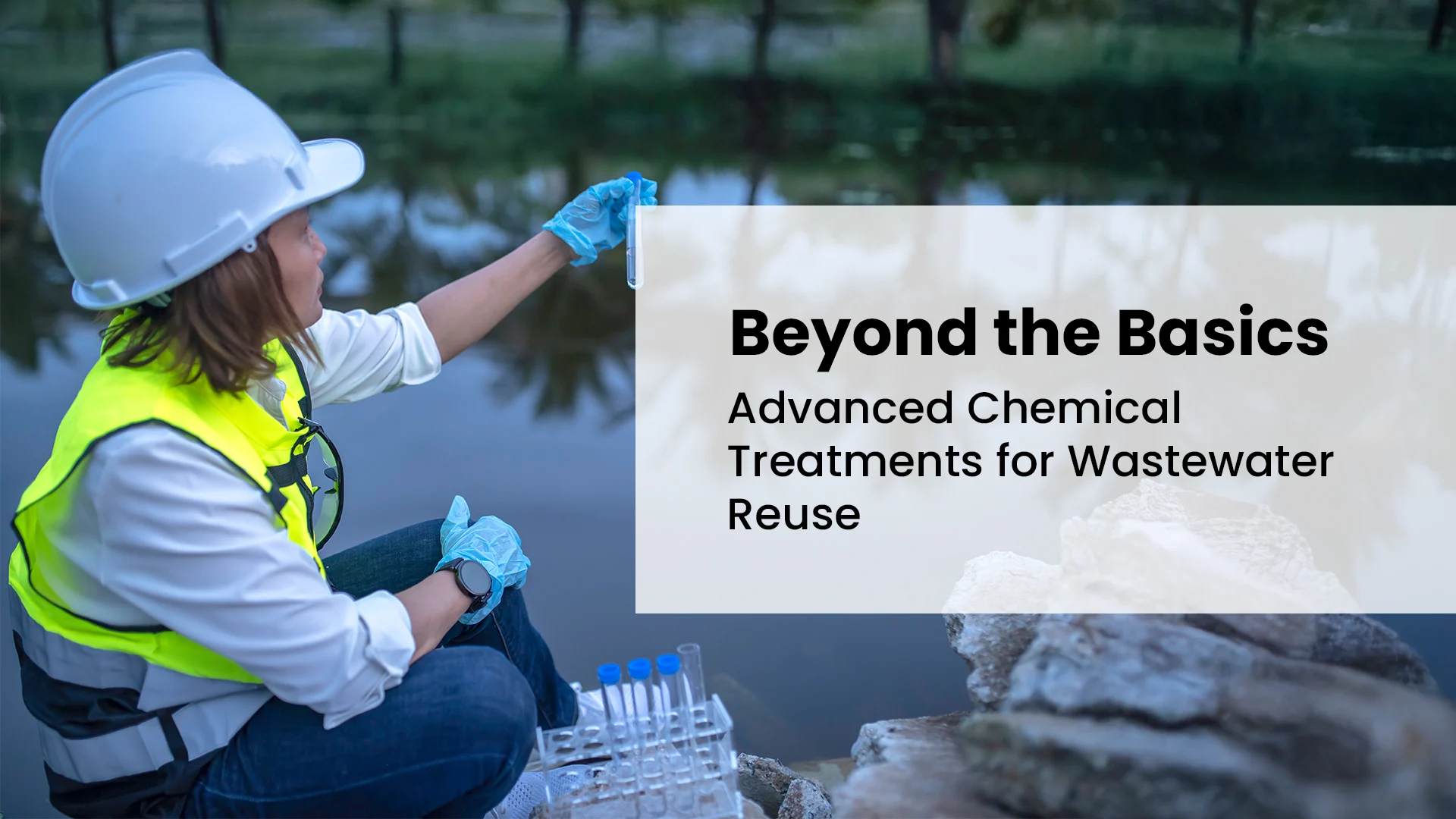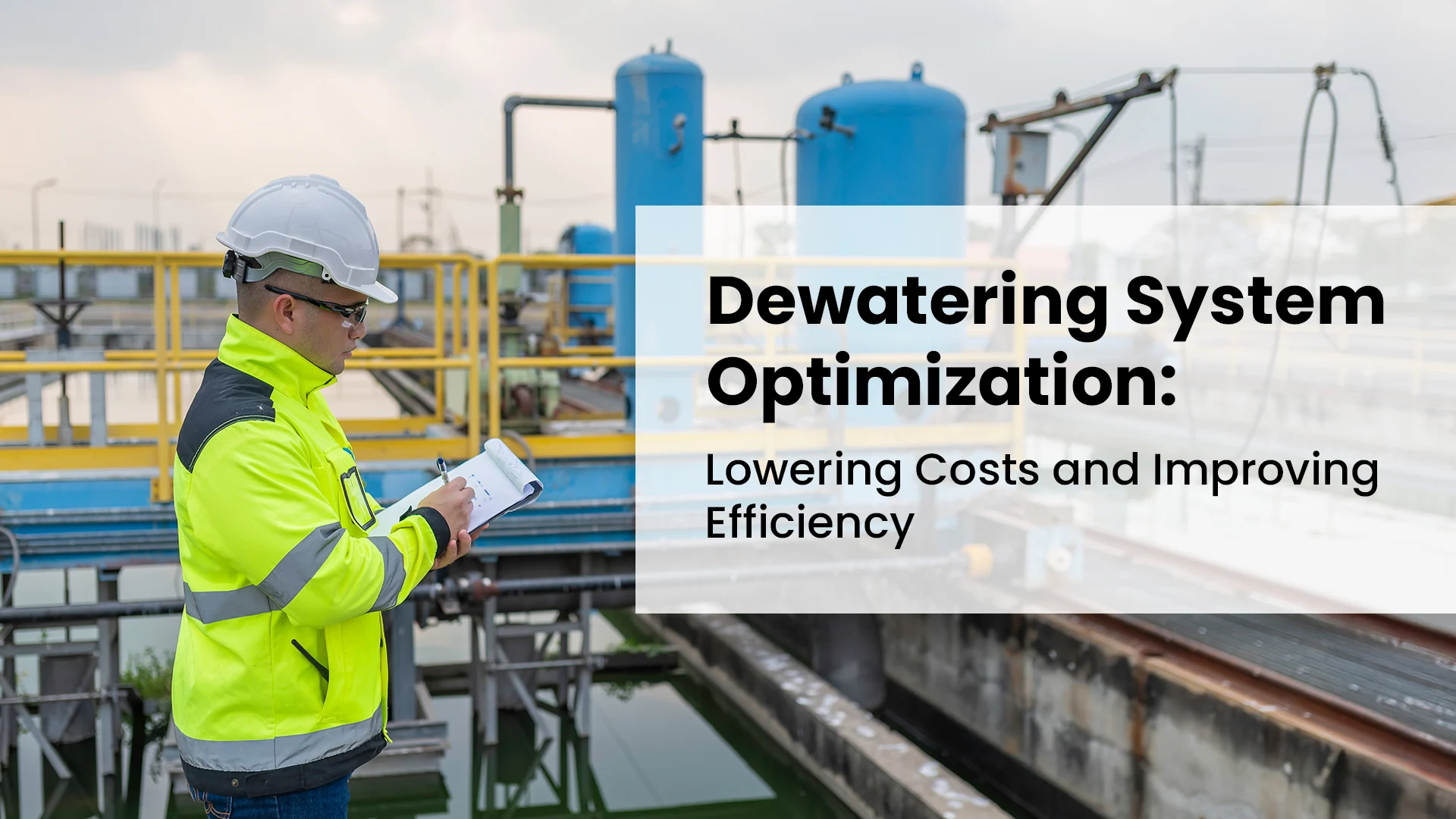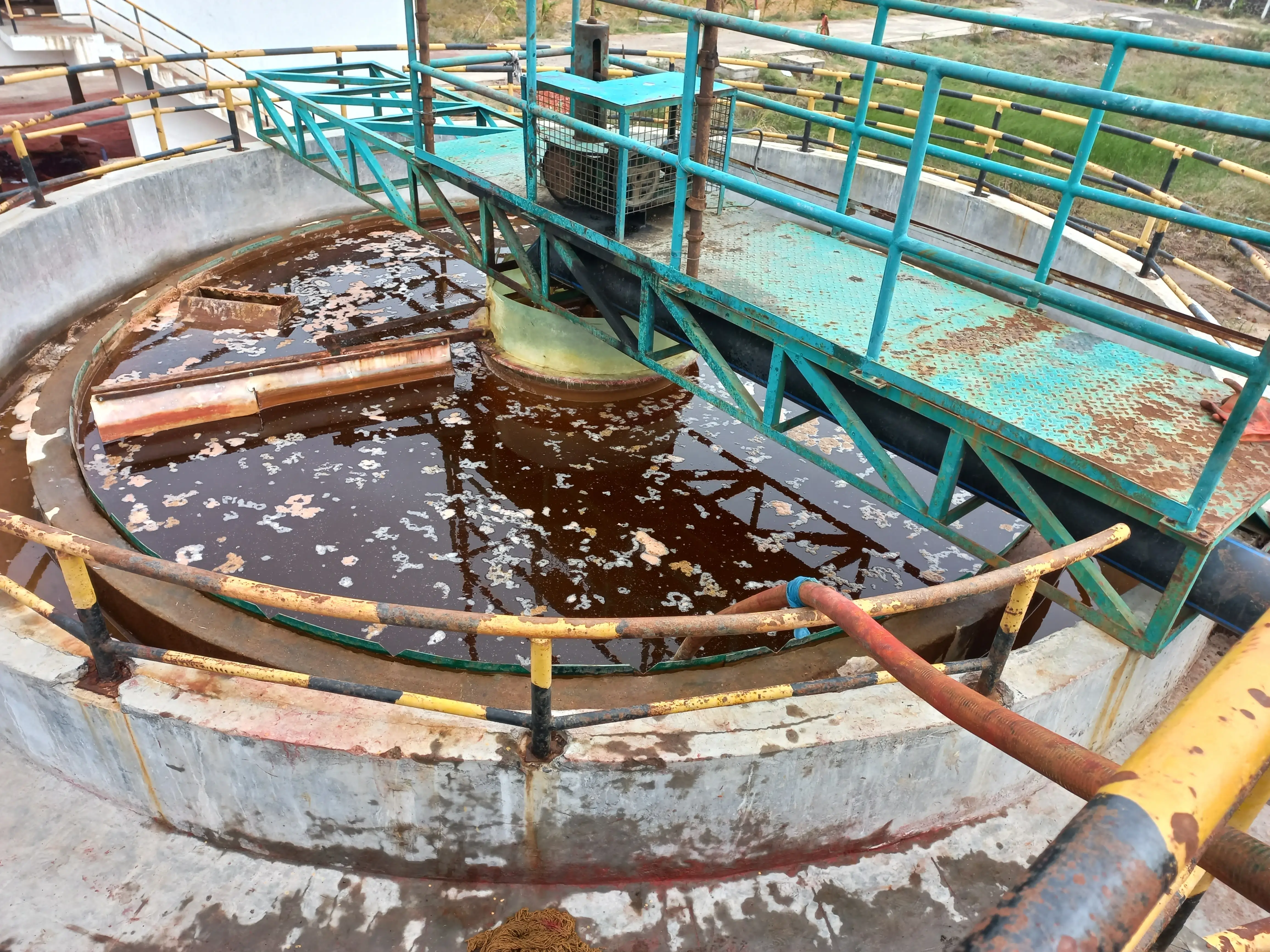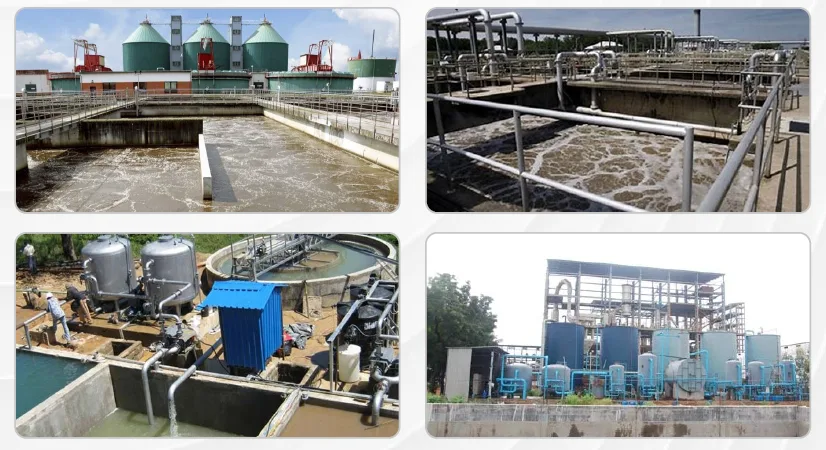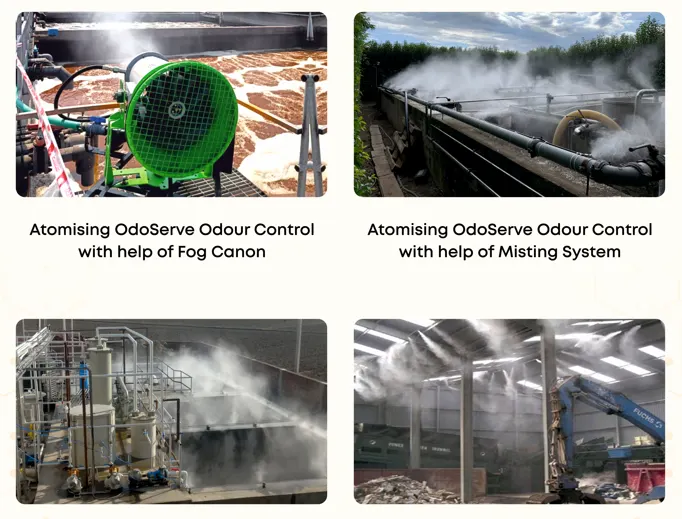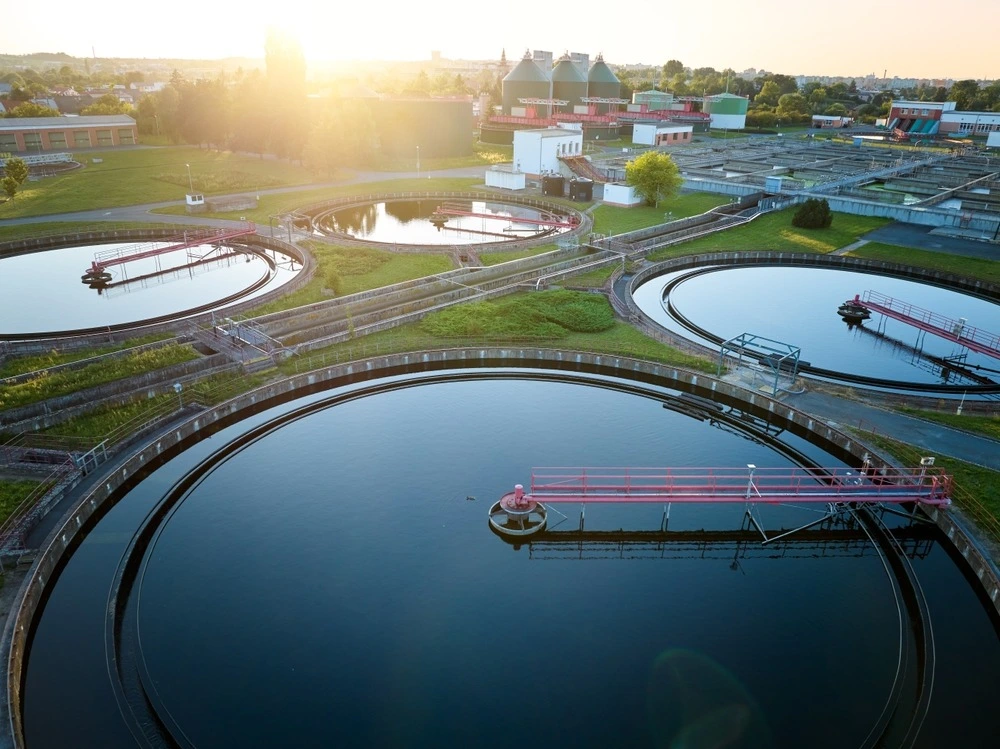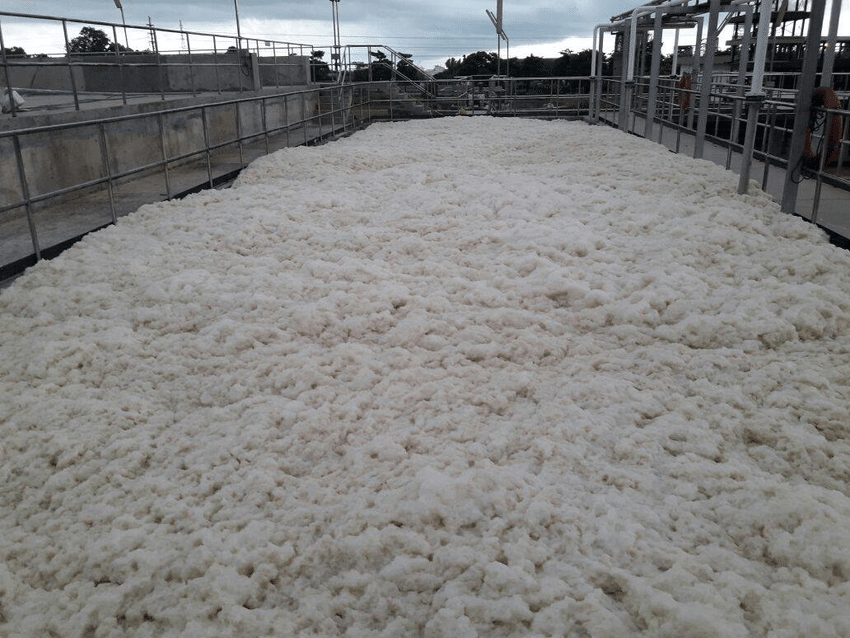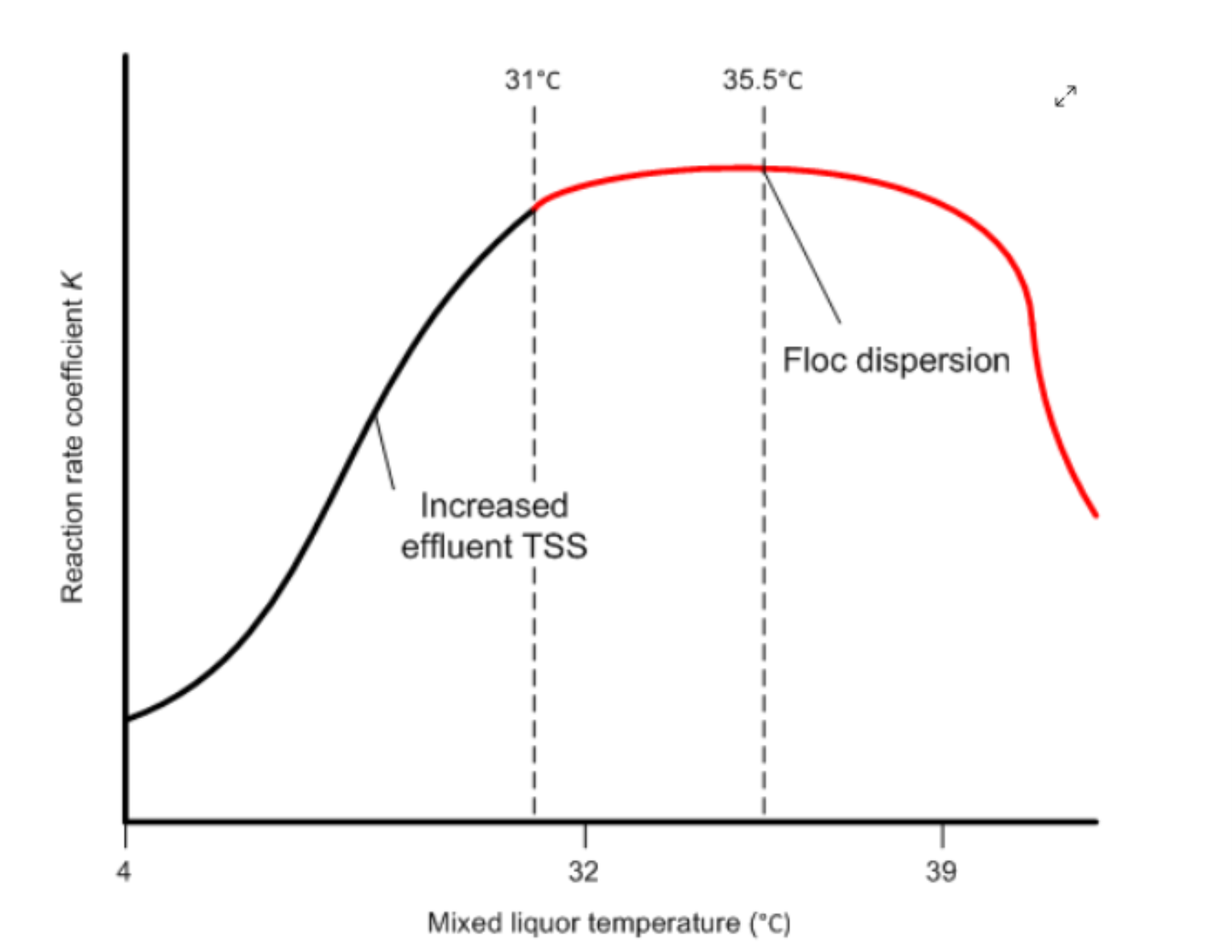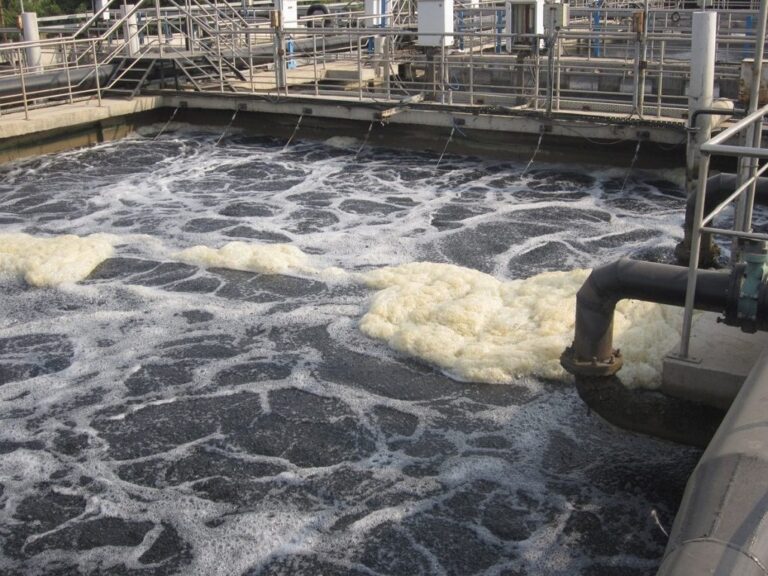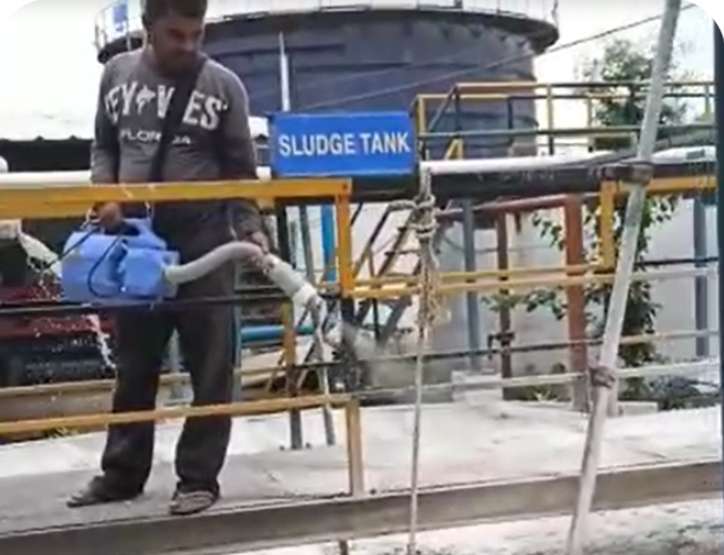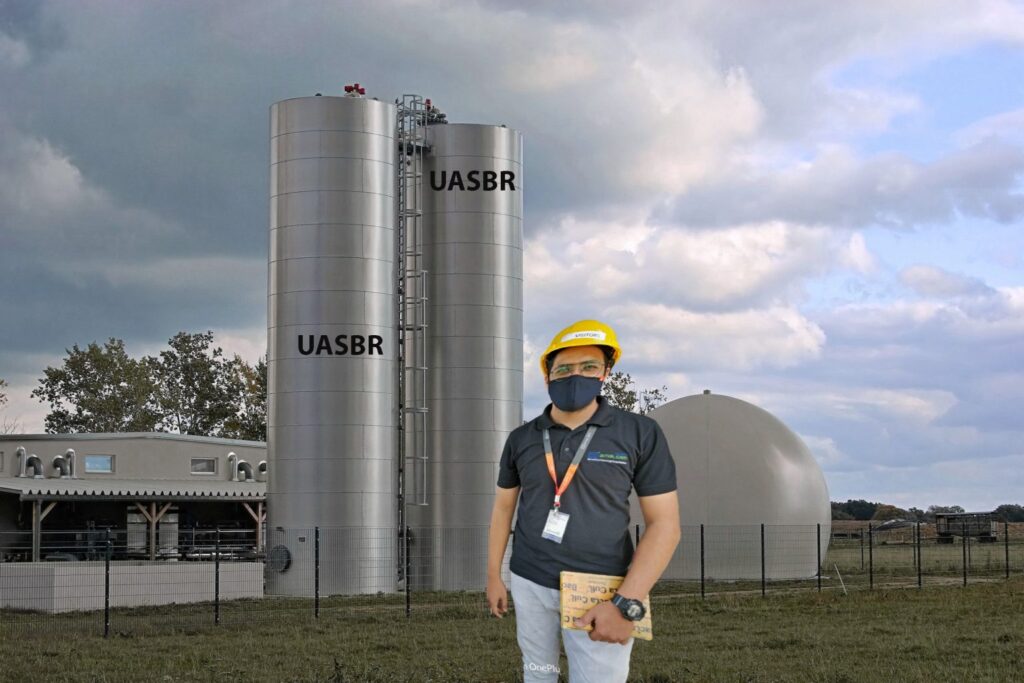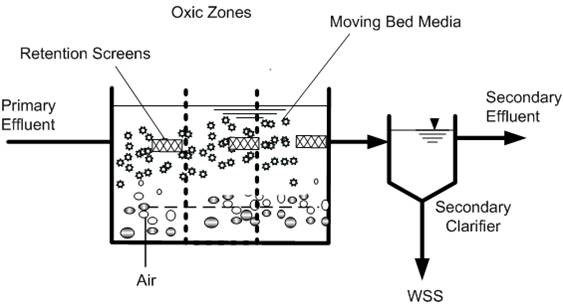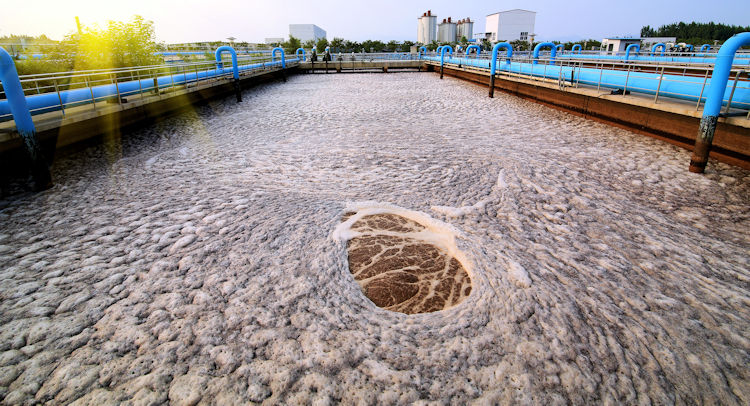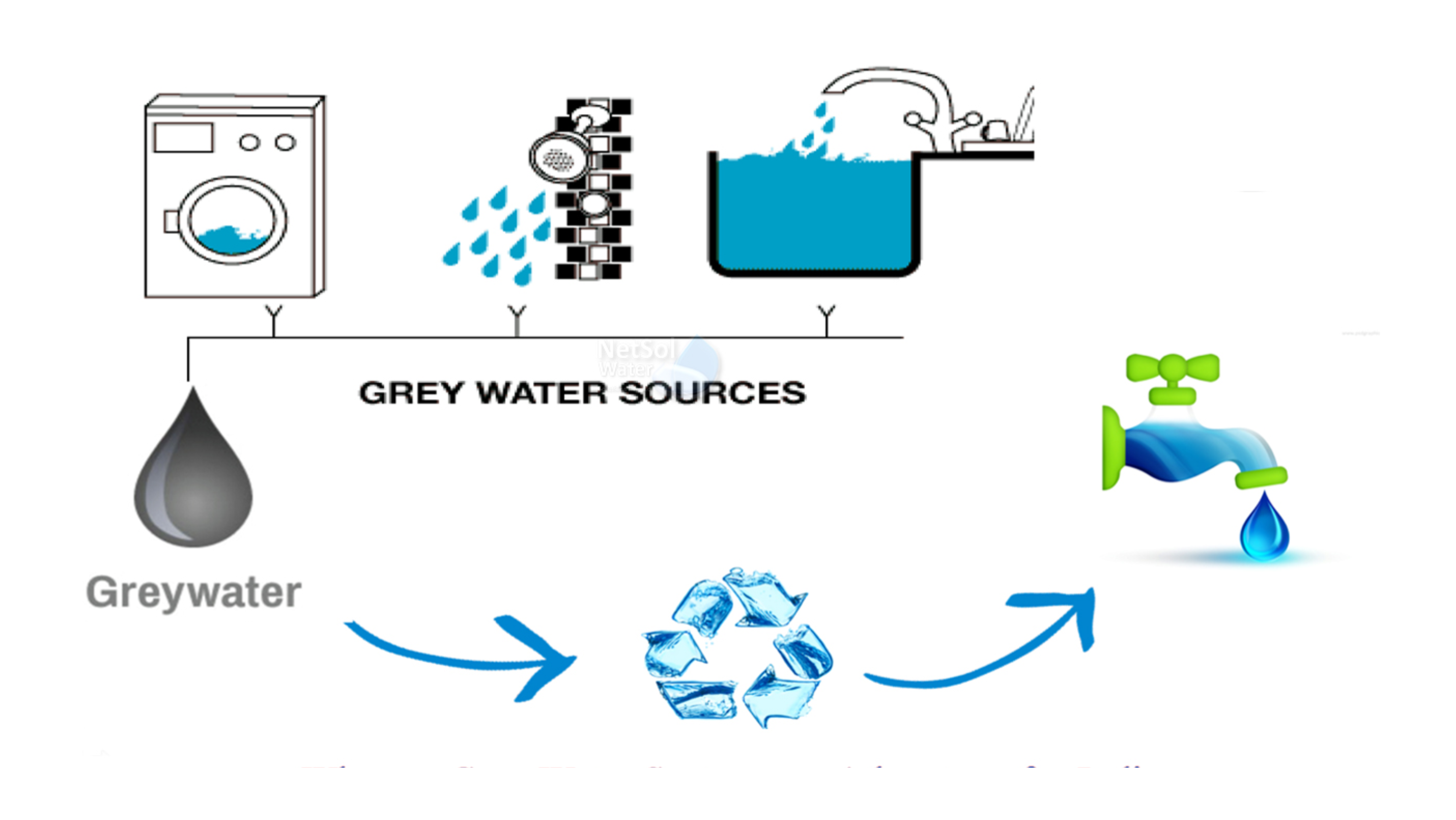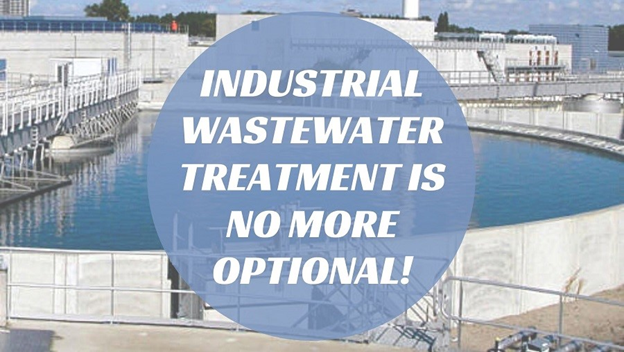Introduction: What is Bio Culture and Why Should You Care?
Beneath the surface of your seemingly simple sewage treatment plant (STP) lies a complex world teeming with microscopic life. Bacteria, fungi, and protozoa work tirelessly, breaking down organic matter and purifying wastewater. This intricate ecosystem, often overlooked, plays a crucial role in the efficiency and effectiveness of your STP. Understanding this hidden world is key to unlocking the full potential of your wastewater treatment process, especially when you consider the benefits of bio culture for STP optimization.
Bio culture for STP, in essence, is the process of introducing specific types of microorganisms into your system to enhance its performance. These microscopic allies act as biological catalysts, accelerating the breakdown of pollutants and improving the overall treatment process. Think of it as giving your STP a boost of natural cleaning power. By harnessing the power of bio culture for STP, you can transform your wastewater treatment from a mundane chore into a symphony of microbial efficiency.
Benefits of Using Bio Culture in Your STP
In today's economic climate, every penny counts. Bio culture for STP offers a compelling financial advantage by significantly reducing operational costs associated with wastewater treatment. By optimizing the treatment process, bio culture for STP minimizes energy consumption, reduces the need for harsh chemicals, and extends the lifespan of your equipment. This translates to tangible savings that can positively impact your bottom line.
Time is of the essence, and bio culture for STP can help your system operate at peak efficiency. By accelerating the decomposition of organic matter, bio culture for STP increases the throughput capacity of your system. This means you can process more wastewater in less time, maximizing the productivity of your treatment plant.
Sludge management is a major headache for STP operators. Bio culture for STP comes to the rescue by reducing the volume of sludge generated during the treatment process. This not only minimizes disposal costs but also alleviates the environmental burden associated with sludge handling.
Let's face it, wastewater treatment plants aren't known for their pleasant aromas. Bio culture for STP helps mitigate unpleasant odors by breaking down the organic compounds that cause them. This creates a more agreeable working environment and minimizes complaints from neighboring communities.
Sustainability is no longer a buzzword; it's a necessity. Bio culture for STP aligns perfectly with environmentally conscious practices by promoting a natural and eco-friendly approach to wastewater treatment. By reducing reliance on harsh chemicals and minimizing sludge production, bio culture for STP helps protect our precious ecosystems.
Compliance with environmental regulations is paramount. Bio culture for STP ensures that your treated effluent meets the stringent standards set by regulatory bodies. By effectively removing pollutants and contaminants, bio culture for STP helps you achieve and maintain compliance, avoiding hefty fines and penalties.
Types of Bio Cultures for STP
The microbial world is diverse, and different microorganisms thrive in different environments. Aerobic bio cultures require oxygen to function, while anaerobic bio cultures flourish in oxygen-deprived conditions. Selecting the right type of bio culture depends on the specific design and operating conditions of your STP.
Not all wastewater is created equal. Industrial effluents, for example, may contain specific contaminants that require specialized bio cultures for effective treatment. These tailored solutions are designed to target and degrade specific pollutants, ensuring optimal treatment outcomes.
How to Get Started with Bio Culture in Your STP
Before diving into bio culture implementation, it's crucial to assess the specific needs of your STP. Factors such as wastewater composition, flow rate, and existing treatment processes should be carefully evaluated. This personalized approach ensures that you select the most appropriate bio culture product and application strategy.
The market offers a plethora of bio culture products, each with its own unique characteristics. Choosing the right product can be daunting, but with careful consideration, you can find the perfect match for your STP. Consulting with experts in the field can provide valuable guidance and ensure you make an informed decision.
Proper application and dosage are critical for successful bio culture implementation. Following the manufacturer's instructions meticulously is essential to ensure optimal performance. Factors such as temperature, pH, and nutrient levels should be carefully monitored and adjusted to create the ideal environment for microbial growth.
Once your bio culture is in place, ongoing monitoring is crucial to ensure its continued effectiveness. Regular testing of effluent quality and microbial activity helps identify any potential issues and allows for timely adjustments. Proper maintenance, such as periodic replenishment of bio culture, is essential to maintain a healthy and thriving microbial community.
Even with the best planning, challenges may arise during bio culture implementation. Understanding common issues and their solutions can help you navigate these hurdles effectively. Factors such as shock loading, toxic substances, and inadequate nutrient levels can disrupt microbial activity and require corrective action.
Bio Culture in Action: Real-World Examples
A textile manufacturing facility plagued by high COD (Chemical Oxygen Demand) levels in its wastewater turned to bio culture for a solution. By implementing a specialized bio culture blend, the facility achieved a significant reduction in COD, exceeding regulatory requirements and minimizing its environmental impact.
A municipal STP struggling with odor complaints and excessive sludge production embraced bio culture technology. The introduction of a carefully selected bio culture blend resulted in a dramatic reduction in odor emissions and a significant decrease in sludge volume, improving both operational efficiency and community relations.
The Future of Bio Culture in Wastewater Treatment
The field of bio culture is constantly evolving, with researchers exploring new frontiers in microbial technology. Genetically engineered microorganisms, biofilms, and immobilized cell systems are just a few examples of advanced bio culture technologies that hold the promise of even more efficient and sustainable wastewater treatment.
Bioaugmentation involves the introduction of specific microorganisms to enhance the existing microbial community in your STP. This targeted approach can address specific challenges, such as the degradation of recalcitrant pollutants or the adaptation to changing wastewater characteristics.
Conclusion: Embrace the Power of Bio Culture for Your STP
Bio culture offers a myriad of benefits for STP operators, from cost savings and efficiency gains to environmental sustainability and improved effluent quality. By harnessing the power of these microscopic allies, you can transform your wastewater treatment process into a model of efficiency and environmental responsibility.
Ready to embark on your bio culture journey? Start by assessing your STP needs, selecting the right bio culture product, and implementing a comprehensive monitoring and maintenance plan. With careful planning and execution, you can unlock the full potential of bio culture and reap the rewards of a more efficient and sustainable wastewater treatment system.

